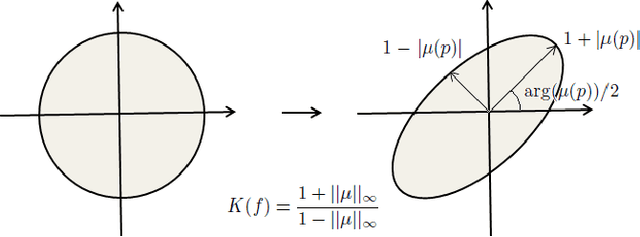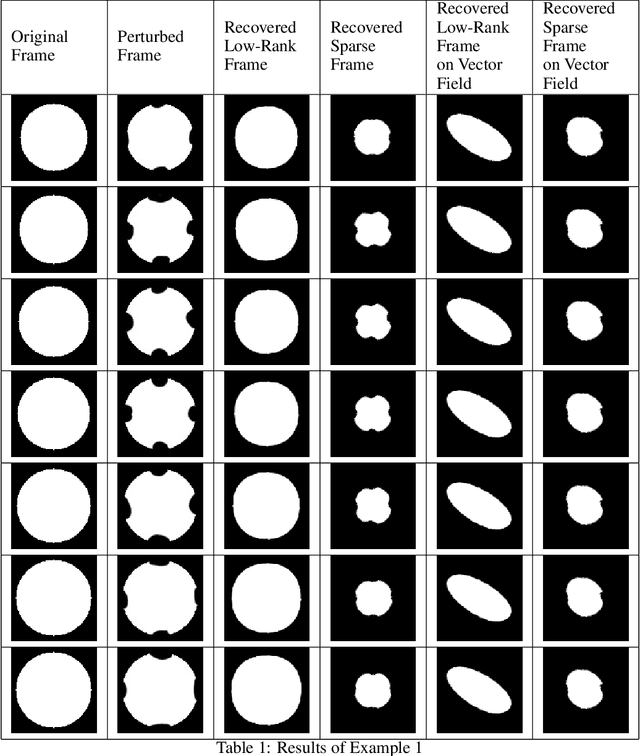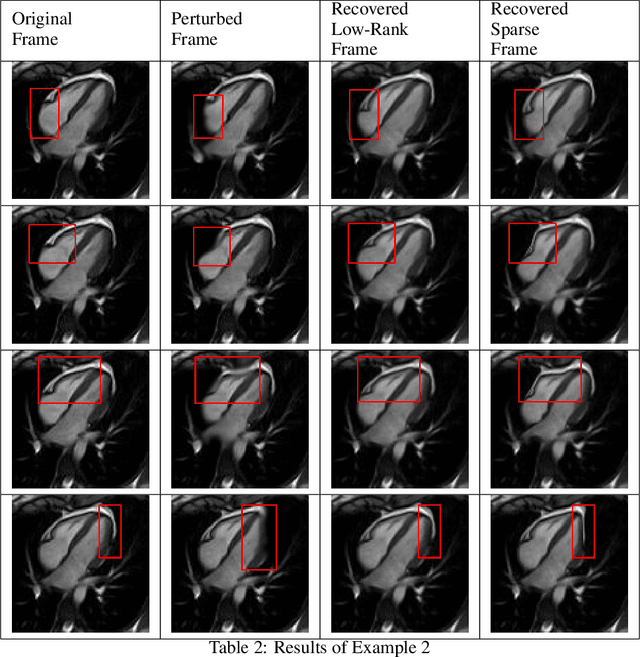Decomposition of Longitudinal Deformations via Beltrami Descriptors
Paper and Code
Aug 06, 2020



We present a mathematical model to decompose a longitudinal deformation into normal and abnormal components. The goal is to detect and extract subtle quivers from periodic motions in a video sequence. It has important applications in medical image analysis. To achieve this goal, we consider a representation of the longitudinal deformation, called the Beltrami descriptor, based on quasiconformal theories. The Beltrami descriptor is a complex-valued matrix. Each longitudinal deformation is associated to a Beltrami descriptor and vice versa. To decompose the longitudinal deformation, we propose to carry out the low rank and sparse decomposition of the Beltrami descriptor. The low rank component corresponds to the periodic motions, whereas the sparse part corresponds to the abnormal motions of a longitudinal deformation. Experiments have been carried out on both synthetic and real video sequences. Results demonstrate the efficacy of our proposed model to decompose a longitudinal deformation into regular and irregular components.
 Add to Chrome
Add to Chrome Add to Firefox
Add to Firefox Add to Edge
Add to Edge